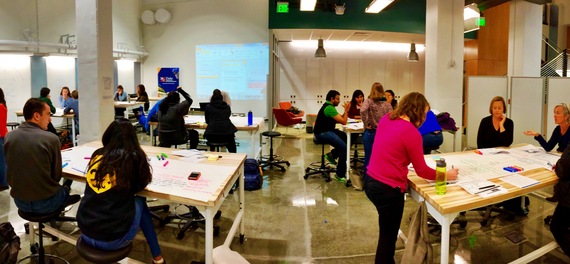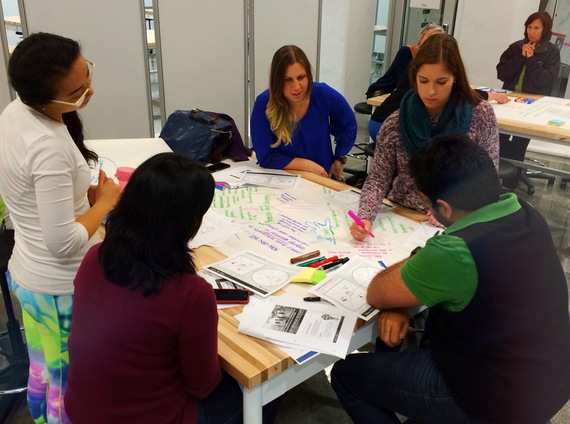Society's most pressing needs - improved healthcare, education, and environmental safety - are some of the largest untapped markets in today's global economy. Social enterprises are trying to address these issues with sustainable solutions that can also drive profits. With 7 billion potential customers, where I see the greatest potential for impact is undoubtedly in global health. Technology has produced incredible solutions that can dramatically improve health, but the key is finding out how these solutions can actually reach populations and inspire behavior change.
Innovative technology by itself is not enough. How do we get people to actually use these tools? How do we circumnavigate the obstacles that prevent people from making better health decisions? The leading causes of death in the world are preventable chronic diseases such as heart disease, cancer, and diabetes, that are caused by lifestyle choices. Improving health requires improving day-to-day decision-making behaviors, such as choosing to visit a doctor or taking prescribed medications.
In the decades ahead, the most game-changing social enterprises will be the ones that incorporate behavioral design into their solutions. We have to start thinking about the cost of traveling to the doctor and the hassle of remembering to take daily medications.
The most successful social enterprises are designing creative ways to get their solutions to customers. The winner of the 2014 Hult Prize, the world's largest social entrepreneurship competition that awards $1 million in seed funding, was NanoHealth, a company that tackles chronic diseases in urban slums through a combination of technology and human behavioral insights. The premise behind the company is that millions of patients go undiagnosed because they are either unwilling or unable to go visit a doctor. NanoHealth developed a low-cost diagnostic tool for chronic disease management and equips a network of community health workers to deliver care straight to their patients' doorstep. Technologies like these can be iterated and distributed at nominally low increasing costs, but bringing the solution right to the patient was the key to widespread adoption.
Even the most innovative, easy-to-use technologies won't be effective if they aren't reaching their consumer base. Getting people to adopt new technology and sustain behavior change requires an understanding of incentives. Habits are powerful, and human beings are inherently averse to change. We require daily reminders and motivators to adopt a new tool or habit. Incorporating these strategies can help social enterprises embrace behavioral insights to design better solutions.
Behavioral design is enabling technology to have a huge impact on chronic disease improvement across the globe. In China, a public-private partnership created a cardiovascular monitoring system that allows patients to self-administer electrocardiograms and transmit data to specialists who can suggest treatments by phone. To increase treatment compliance, a program in Mozambique sends text messages to remind patients to take their medications on time and show up for doctor appointments.
There is incredible potential for technology to help people work toward the behavior change that's central to improving health. The most challenging global issues demand creativity and resourcefulness. Social enterprises that want to solve health issues must create solutions with intrinsic behavioral design components. Only then will we begin to see technology really make an impact.


